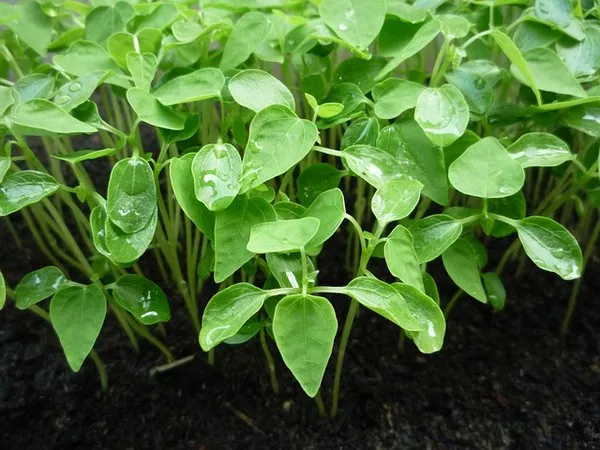As autumn takes hold, the inevitable shift to colder and shorter days prompts deciduous trees to undergo a reduction in the plant hormone auxin, initiating the shedding of leaves. While this natural occurrence is harmonious in woodlands, the urban landscape presents unique challenges, necessitating careful management of falling leaves.
In city streets and other urban locales, fallen leaves can pose multifaceted issues. Accumulating leaves may obstruct road gullies, drains, and gutters, leading to localized flooding. Slippery pavements during wet conditions also raise safety concerns for pedestrians. Moreover, leaves on railway tracks must be promptly cleared to prevent the formation of mulch, which reduces friction between rail and wheel, posing a potential hazard. In dry conditions, piles of leaves on land can escalate into a fire risk, while leaves on still water diminish sunlight levels, jeopardizing aquatic plant and animal life.
Managing fallen leaves varies globally. In the UK and many other countries, local authorities typically collect leaves for disposal at composting plants or incineration, contributing to electricity or heat production. However, alternative approaches are gaining traction elsewhere. A Dutch municipality advocates for allowing leaves to decompose naturally to enhance soil health and support wildlife. In Germany, a study proposes utilizing autumn tree leaves as a feedstock for biogas production, a renewable energy source. In Finland, researchers explore the use of natural pigments from autumn leaves in cosmetics, textiles, and the food industry. Japan embraces fallen leaves in arts and crafts projects.
Plant and soil scientists contend that leaving autumn leaves to break down naturally benefits local ecosystems by providing food, shelter, and nesting materials for wildlife. Private gardens may find this the most sustainable option. Other alternatives include composting, shredding leaves for leaf mold or mulch, or, where permissible, burning garden waste to produce nutrient-rich soil enhancer.
Street leaf litter, however, demands a different approach. The UK’s Environment Agency highlights that compost produced from street leaf litter may contain higher concentrations of polycyclic aromatic hydrocarbons (PAHs), persistent pollutants linked to incomplete combustion of fossil fuels. Street leaf waste is directed to waste-to-energy recovery facilities, where burning generates combined heat and power, as composting may introduce contaminants unsuitable for agricultural and horticultural use.
In conclusion, the challenge lies in striking a balance between harnessing the benefits of autumn leaves as a resource and implementing sustainable solutions tailored to the specific context, be it private gardens or bustling urban streets.


